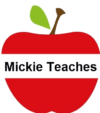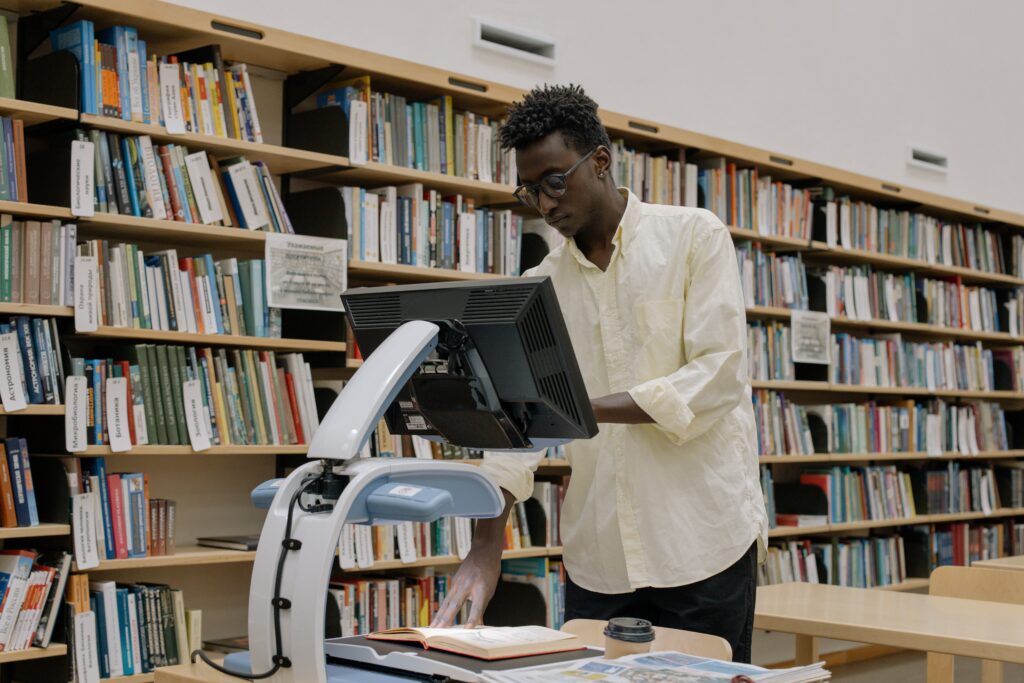VAT/K : Visual, Auditory, Tactile-Kinesthetic, Blended Learning Styles
If you want to be a successful college student, you need to explore your learning styles and have a study plan. Your old habits from high school will probably not work in college. You should begin your college career with a complete understanding about how you learn. Many students have not really thought much about their own learning style. However, you should take a minute and examine your approach to your day-to-day experiences.
Visual
Do you prefer to be given your working assignments in writing? Would you rather have someone just tell you what to do? That can make a big difference in your successful completion of a job! If you are a visual learner, you like to see a written explanation of your assignment. If you are an auditory learner, you prefer to just be told what to do. A visual learner with an auditory boss must make an adjustment to the situation. A good way to establish a balance is to carry a notepad or jot the information down on a sticky note for later. College visual learners need to make sure that notes are good. In addition, the visual learner should be sure handouts and PowerPoints are printed and organized. Taking notes on the actual PowerPoint is a very effective way of learning your material.
Auditory
An auditory learner in college should plan to tape record lectures on a digital recorder, tablet or phone. Recording allows the student to listen to the lecture over and over again. The auditory learner should also make sure to study aloud. Hearing the information will reinforce the details into your memory.
Tactile/Kinesthetic
Some people are tactile/kinesthetic learners. T/K learners need to handle equipment to see how it works and try things out for themselves. They generally stay active and physical whenever doing anything. If you are a tactile/kinesthetic learner, you need to figure out a way to study that enables you to use your energy when you study. One way a tactile/kinesthetic learner can study is by getting a white board or chalk board at home. Writing the problem on a board creates a tactile memory whenever working through problems. This is especially effective for math classes where the work can be challenging. A tactile/kinesthetic learner can also benefit from a sticky note collection of important facts stuck to a wall or mirror!
Blended
The ideal college student will blend all of these approaches when going to class and studying for tests. We all have a learning style preference, and using that learning style to study will lead to an A+ in student success at college.
VARK: Visual, Aural, Read/write and Kinesthetic Learning Styles
VARK is another way to look at learning styles that takes a similar approach to VAT/K. The VARK system uses a questionnaire to explores an individuals learning style.



